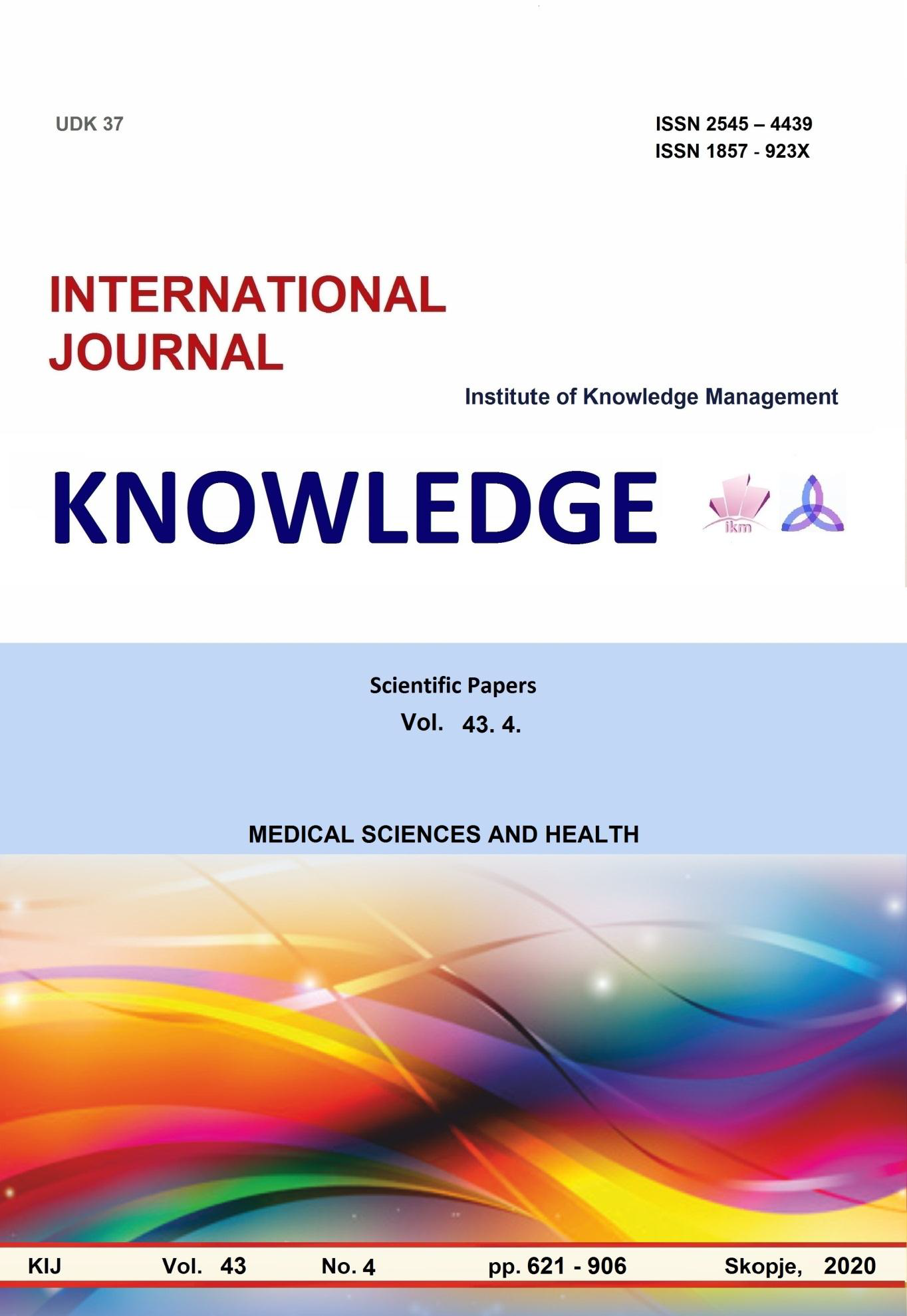НАУЧНО-БАЗИРАНА ДИАГНОСТИКА И ТЕРАПИЯ ПРИ ДИЗАРТРИЯ СЪОБРАЗНО МОДЕЛА НА КОМУНИКАТИВНИ НАРУШЕНИЯ Н ICF
SCIENCE-BASED DIAGNOSIS AND THERAPY IN DYSARTRIA ACCORDING TO THE MODEL OF COMMUNICATION DISORDERS OF ICF
Author(s): Lubomir TodorovSubject(s): Social Sciences
Published by: Scientific Institute of Management and Knowledge
Keywords: Dysarthria; ICF model; communication disorders; diagnosis and therapy
Summary/Abstract: The report reviews the science-based diagnosis of dysarthria according to the ICF model of communication disorders. This report attempts to systematize the diagnostic tests and methods for dysarthria, as well as the most widely used therapeutic methods and procedures for its treatment worldwide. The report examines the most commonly diagnostic tests and therapeutic techniques used internationally (worldwide). One of them is the Diadochochenetic Assessment (DDK), which measures how fast a person can reproduce a series of fast, alternating sounds. Another test discussed in this report for the diagnosis of Dysarthria is the Verbal Motor Production Assessment for Children (VMPAC), which is validated for children aged 3 to 12 years. The Frenchay Dysarthria Assessment - second edition (FDA-2) test, which is validated for people from 12 years to adults, also finds a place in this report. Fisher-Logemann test of articulation competence is a standardized test for assessing the phonological system, designed to cover from 3 years to adulthood. The Children‘s Speech Intelligibility Measure (CSIM) test is based on the Preschool Speech Intelligibility Measure (PSIM) and evaluates children aged 3 to 10 years and 11 months. The Peabody Picture Vocabulary (PPVT) test, validated for people aged 2.5 years.up to 90 years is also addressed in the report.The Clinical Evaluation of Language Fundamentals (CELF-5), published in 2013 and reviewed in the report, also offers a diagnosis of Dysarthria. Another test included in this report is the Test of Language Development-Primary /TOLD-P: 4/. An interesting option for diagnosing Dysarthria is the Computerized Frenchay Dysarthria Assessment (CFDA) discussed in the report, which makes it easier to treat. Motor Speech Disorders Evaluation is the test recommended by ASHA for the diagnosis of Dysarthria. Science-based therapies for dysarthria according to the ICF model for communication disorders are also presented. One of the therapies considered is Lee Silverman Voice Therapy (LSVT LOUD). Pitch Limiting Voice Treatment (PLVT) is a speech therapy for patients with Parkinson's disease (PD), which is also included in this report. An interesting therapy is voice rehabilitation of patients with Parkinson's disease (PD) - therapy with voice and choral singing (VCST). Several different studies reviewed in this report investigate the effects of electrode implantation and subthalamic nucleus (STN) stimulation on Parkinson's dysarthria. Last but not least, the report examines a study that addresses acoustic methods and advances in this area in the treatment of dysarthria.
Journal: Knowledge - International Journal
- Issue Year: 43/2020
- Issue No: 4
- Page Range: 831 - 835
- Page Count: 5
- Language: English, Bulgarian

